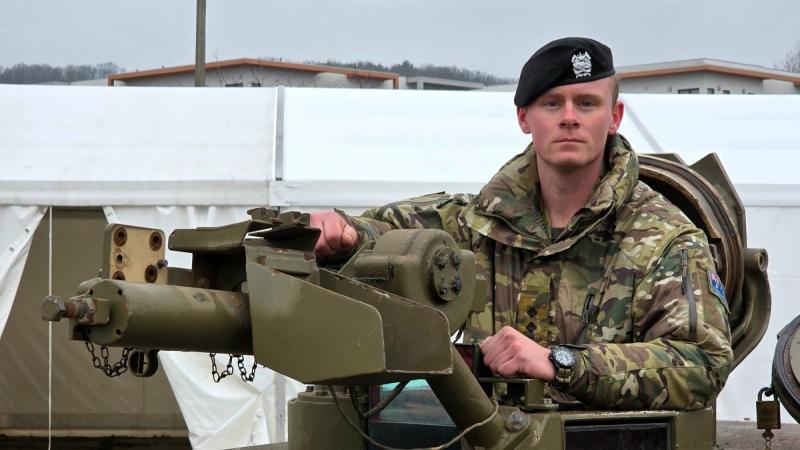29 July 2025
From the roar of fighter jets cutting through the clouds, to the steady hum of surveillance aircraft scanning vast ocean stretches, the Royal Australian Air Force pushed the boundaries of air power during Exercise Talisman Sabre.
From July 13 to 27, more than 5500 flight hours and 2000 sorties showcased the ability of Australia and its partners to project speed, precision and strength, flying a combined total of more than 3 million nautical miles – about 138 flights around the world.
A total of 279 aircraft from Australia and partner nations participated in Talisman Sabre – while flying operations peaked at 200 sorties per day.
The large-scale military exercise brought together more than 40,000 personnel from 19 nations.
Activities took place across Queensland, Western Australia, South Australia, the Northern Territory, New South Wales, Christmas Island and, for the first time, Papua New Guinea.
Aircraft and aviators engaged in a wide range of complex missions including integrated air and missile defence, anti-submarine warfare, multi-domain strike operations, base response drills, force projection, and distributed logistics and mobility.
Commander Air Task Group 640.7 Air Commodore Louise desJardins said Talisman Sabre was not just about flying aircraft.
“It was about preparing for complex and demanding scenarios, and keeping our highly competent aviators at the top of their game,” Air Commodore desJardins said.
The 11th iteration of Talisman Sabre was the largest Australia-US bilaterally planned, multilaterally conducted exercise with partner nations.
'Australia, alongside the 18 participating countries, built trust, improved how we worked together and ensured we can operate effectively as a combined force.'
Also supporting the efforts were Canada, France, Fiji, Germany, India, Indonesia, Japan, the Netherlands, New Zealand, Norway, Papua New Guinea, the Philippines, Republic of Korea, Singapore, Thailand, Tonga and the United Kingdom.
“Talisman Sabre gave us a chance to train in a high-end, realistic environment where we tested our skills, teamwork and technology under pressure,” Air Commodore desJardins said.
“It was a powerful demonstration of how Air Force contributes to Australia’s defence – by projecting air power as part of an integrated force – alongside our international partners and colleagues in the land, sea, cyber and space domains.
“We also exercised key airbase operations from austere environments, including air traffic control, medical support, air base command and integrated security protection with the Australian Army, which is essential for Defence’s projection of air power from northern bases.”
Nearly every aircraft type in the Australian fleet was involved, including the F-35A Lightning II, P-8A Poseidon, C-17A Globemaster III, C-130J Hercules and C-27J Spartan, with air battle management coordinated between 3 Control and Reporting Unit, 114 Mobile Control and Reporting Unit and 2 Squadron’s E-7A Wedgetail.
While the exercise tested people and platforms under pressure, it also provided critical opportunities to strengthen international partnerships, while improving the ability to work together in real-world operations.
“Australia, alongside the 18 participating countries, built trust, improved how we worked together and ensured we can operate effectively as a combined force,” Air Commodore desJardins said.
“Through training like this, we ensure that when our country needs us, we’re ready.”
Talisman Sabre remains a cornerstone of Australia’s defence cooperation in the Indo-Pacific and a key platform for strengthening regional security through collaboration, integration and capability.


